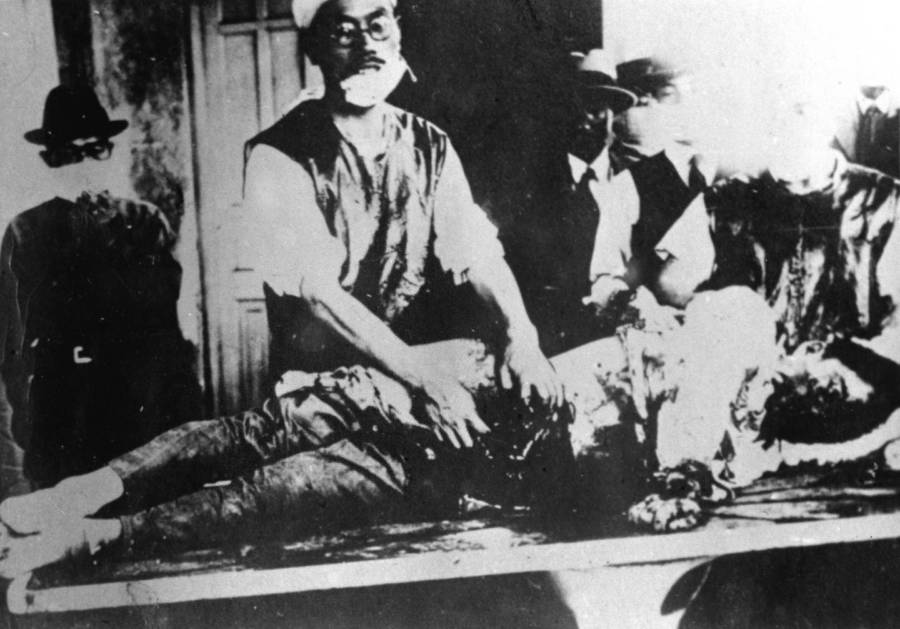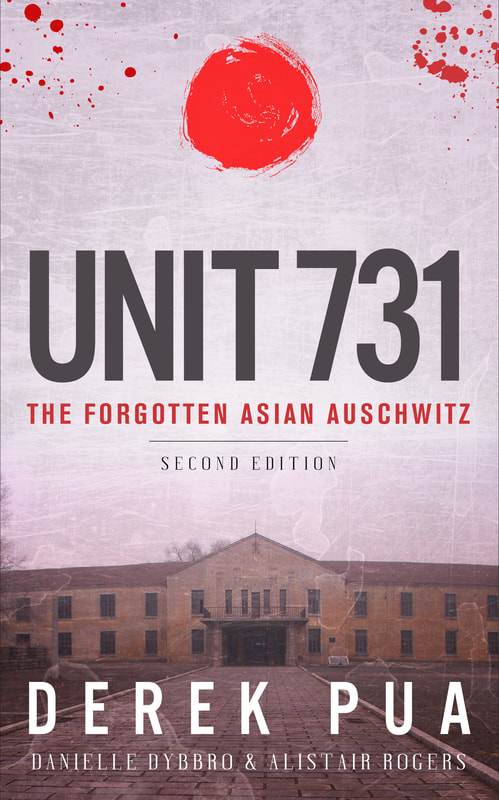Human Experimentation at Unit 731
Unit 731 is infamous for its human experimentation during its existence during World War 2. At least 3,000 men, women, and children were subjected as "marutas" or as logs to experimentations conducted by Unit 731 division at Pingfang alone. Here is an article on why they were called "marutas". Dr. Harris Sheldon estimates that at least 10,000 to 12,000 prisoners died in the biological experiments.

